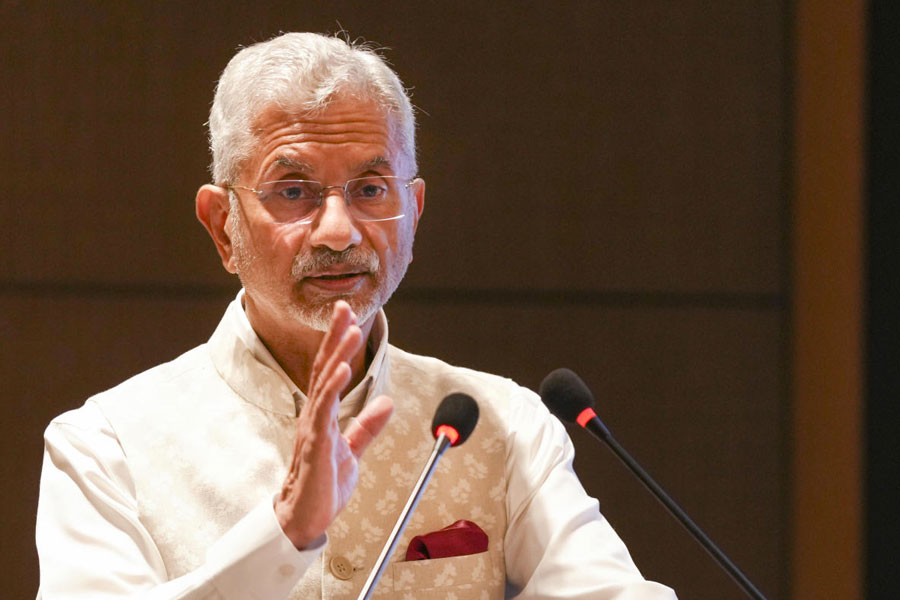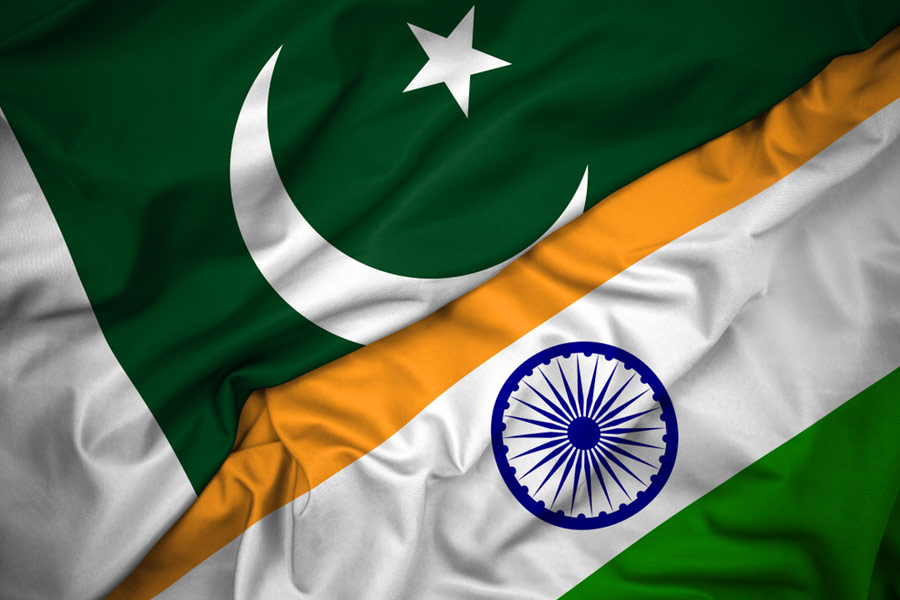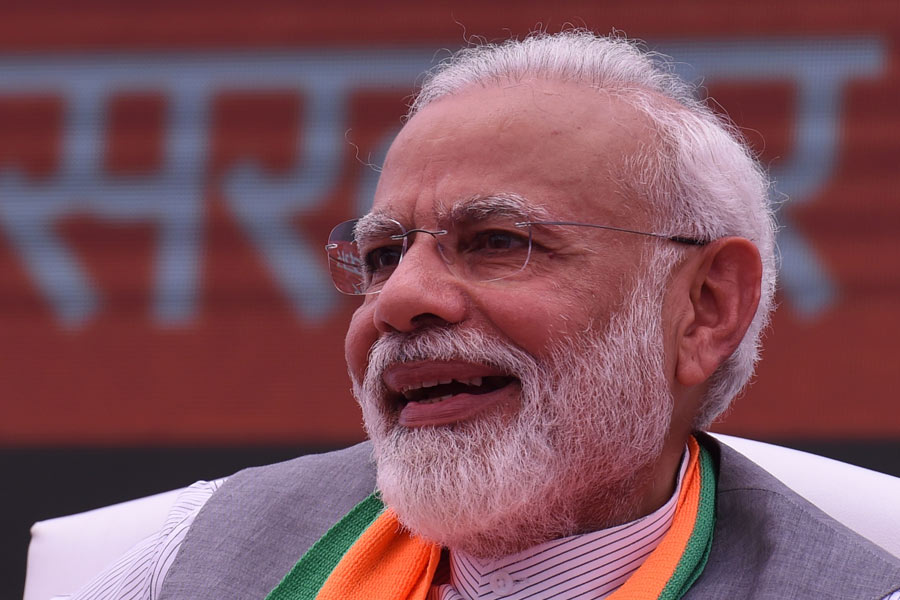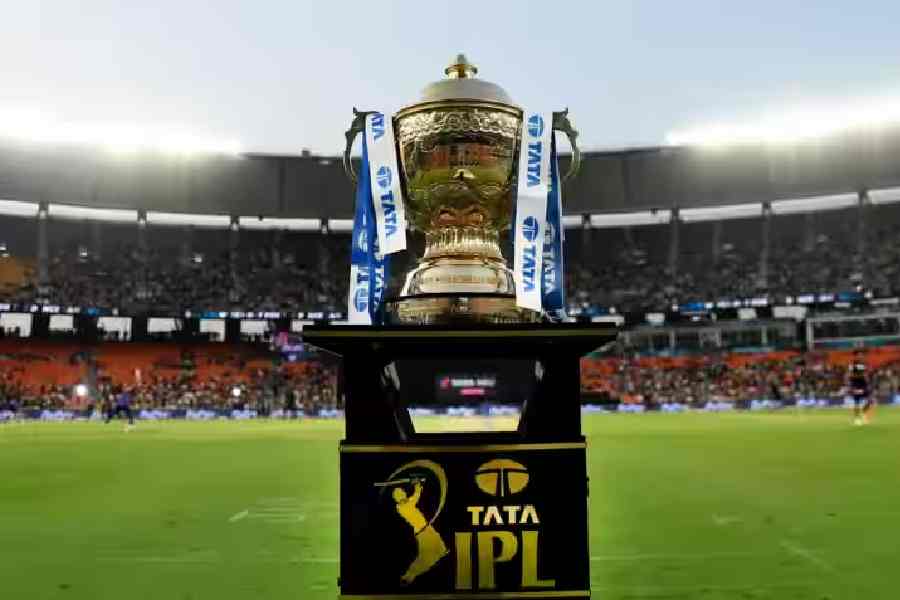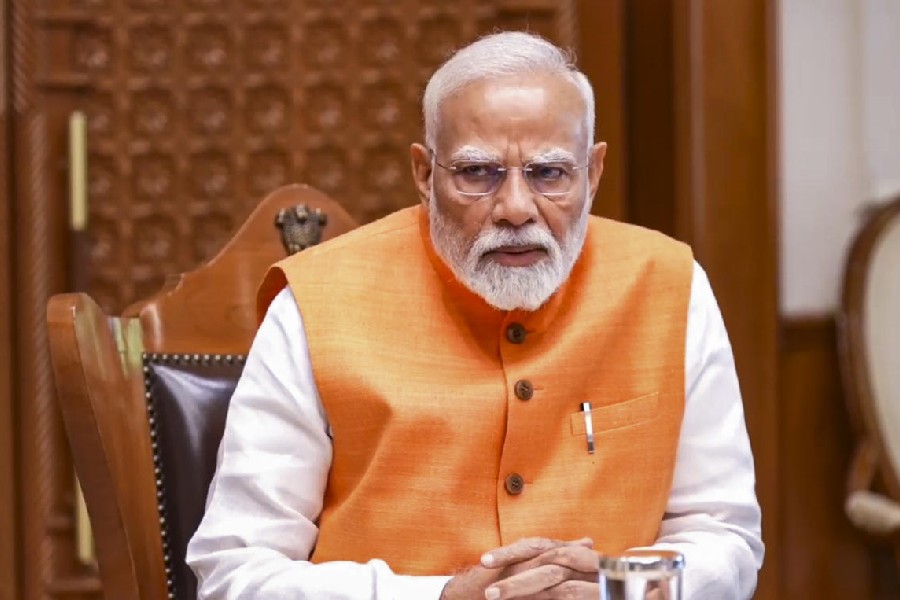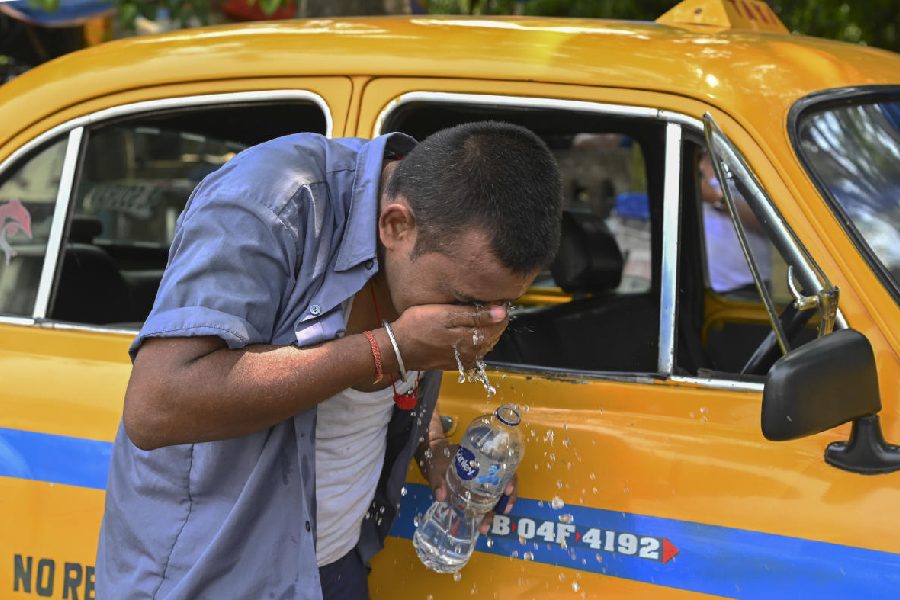 |
Cuttack, Aug. 19: Orissa High Court today upheld Orissa Joint Entrance Examination Committee’s decision to introduce, from this year, eligibility criteria for students taking admission into engineering courses after clearing the Plus Two examination.
The verdict assumes significance as students securing 45 per cent (general category) and 40 per cent (scheduled caste and scheduled tribe) marks in physics and chemistry, in combination with either mathematics or biology, would now be eligible for admission.
The eligibility criteria were introduced for the Orissa Joint Entrance Examination (OJEE)-2011 after the All India Council for Technical Education (AICTE) imposed the stipulation in its “Approval Process Handbook 2011-2012”. Orissa Private Engineering College Association (OPECA) had challenged this decision of the OJEE Committee in the high court.
Adjudicating on it, the single-judge bench of Justice S.C. Parija today ruled that the “OJEE Committee cannot be faulted”.
“The eligibility criteria fixed by the AICTE is realistic,” Justice Parija said.
Initially, the OJEE-2011, on the basis of the AICTE stipulation, had allowed students with 50 per cent marks (general) and 45 per cent marks (scheduled caste and scheduled tribe) for admissions.
Acting on the OPECA’s petition, the high court had issued an interim stay order on the eligibility criteria on March 23. The OJEE committee, which was scheduled to publish the first round (provisional) allotment for the engineering stream on August 5, had not been able to go ahead with the admissions as the matter was pending before the high court.
The AICTE had reduced the eligibility score from 50 per cent to 45 per cent for general students. For scheduled caste and scheduled tribe students, the eligibility score would be 40 per cent instead of 45 per cent.
Taking note of this, the high court directed the OJEE Committee to adopt “AICTE’s revised norm for the admissions”. “The OJEE Committee must ensure that no candidate is given admission without fulfiling the eligibility criteria in any category,” Justice Parija further specified in his order.
Reacting to the judgment, OPECA secretary Binod Dash said: “We will seek legal advice on the option of going to the Supreme Court after receiving the full text of the judgment.” The OPECA had pointed out to the court that there was no minimum qualifying marks last year, but a large number of seats had remained vacant in most of its member institutions.
“The eligibility criteria would cause a substantial number of vacancies in the member colleges and create a financial crisis in running such unaided professional colleges,” OPECA had claimed.
The association had contended that the percentage of marks secured by the students in their respective examinations, conducted by various autonomous colleges in the state, “has no reasonable nexus to determine their individual standards/merits and only through a common entrance examination, their merit can be adjudged”.
According to sources, the total approved intake capacity of all engineering colleges in the state is around 38,000. Of the 29,000 candidates who had registered their names this year, 26,000 had attended the mock counselling session. But their number had gone down to 21,000 at the time of locking their choices.
GOOD NEWS FOR STUDENTS
Then
Eligibility score for general students was 50 per cent while for scheduled caste and scheduled tribe students it was 45 per cent
now
Eligibility score for general students is 45 per cent while for scheduled caste and scheduled tribe students it is 40 per cent


